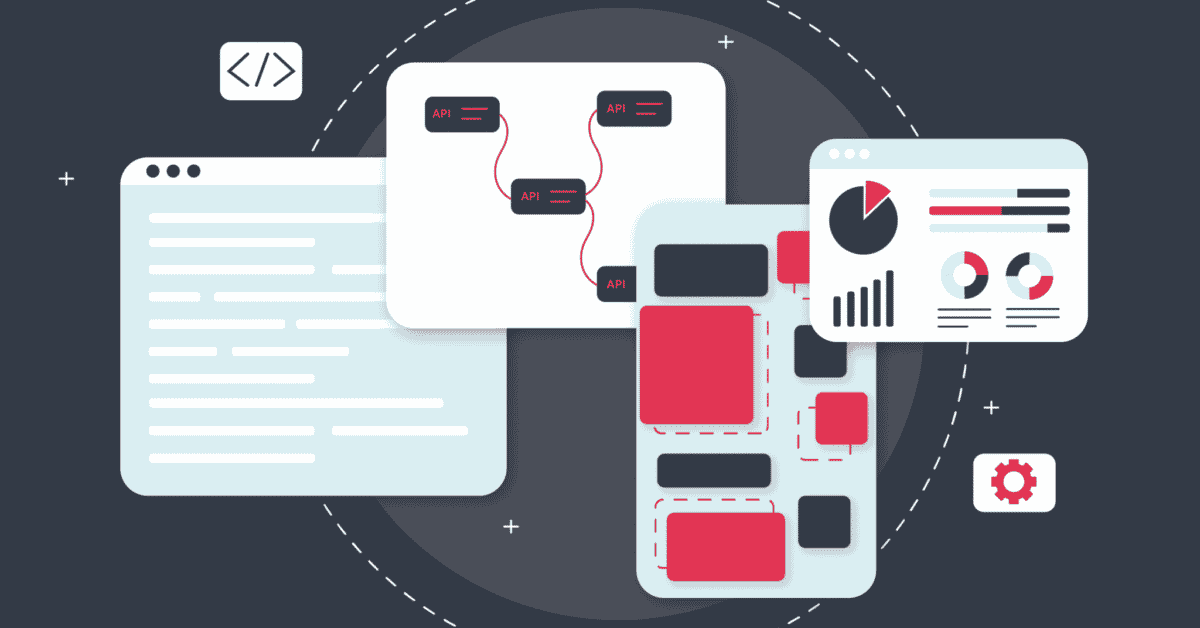
Updated on by Daniel Twigg
The low-code movement is growing.
For the uninitiated ‘low code’ is the ability to fully build functional applications (SaaS products and apps) using third-party toolkits. These toolkits enable you to take your ideas from concept, to design to commercialisation. To develop sophisticated software-based applications – but without having to have the deep technical knowledge of a developer/coder. Many applications even go as far as ‘no-code’.
The appeal of low-code/no-code is that you can bring your ideas to market. These are enabled by the capabilities of other versatile platforms. Quicker to market, easier to maintain and an enabler of a much wider community of potential tech entrepreneurs. Commonly they use a visual interface and simple logic tools to facilitate your build.
The well-known low-code / no-code platforms are the likes of:
- Outsystems (app building)
- Genexus (software development)
- Caspio (database/app building)
…. and then there is also Cyclr itself.
Bringing Low-Code to Embedded Integration
Cyclr has been designed for the ‘citizen integrator’, a precursor to the low-code movement.
In short, Cyclr is fully operable using a GUI (Graphical User Interface). As a result, integration APIs are abstracted to a point that is usable by anyone with knowledge of the data flows that they would like to create. We enable you to deliver interoperability between your app and the rest of the World. Cyclr is very nearly a no-code platform. However, we allow for the (optional) input of javascript into Cyclr to enable a higher degree of customisation.)
The ability to boil down once-complex tasks into a visual language makes the integration process more accessible.
Empowering the Business Minded
The flexibility of low-code integrations moves the paradigm of integration building and maintenance from being solely a developer’s job. To a role that can be fulfilled by many different divisions.
With the help of visual tools, those who have an understanding of the business or use case being mapped into an integration can undertake the task directly, without developer input. Allowing developers to continue doing what they’d prefer to be doing – developing our core solutions.
It also enables roles like Customer Success to be able to directly respond to users’ integration requests. So companies can delight their customers by offering advanced services with a reduced turnaround time.
Complementary Low-Code Services
While low-code technologies can be used to create entire systems, they can also be added to existing software to add additional functionality.
You can enhance user experience by adding services such as:
Chatbots – create your own bots to allow users to easily find important information, interact with your own platform or speak directly to members of your team. Dedicated companies such as Intercom and Continually make it possible to create these with drag-and-drop or simple form interfaces.
Marketing Automation – platforms such as Sendgrid provide an interface to create timed or action-triggered email campaigns without needing to code. So you can put out the right messaging to your users when the time is just right.
Process Automation – ensure your company’s internal processes are well documented and scalable through low code process management. With a number of drag-and-drop-based tools available, you can empower your team (and newly onboarded team members) with the information they need to know to do their jobs effectively.
Native Integration – embedded iPaaS solutions, such as Cyclr, give you the ability to scale your in-app integrations while enabling your team to be more reactive to user integration requests. Low-Code tools open up the integration process to more of your team, allowing you to grow your connectivity without using up additional developer resources.
Low-code integration is an emerging, and important, space. As we evolve Cyclr, we endeavour to keep the rigours of ‘usability’ and ‘simplicity’ at the heart of our development processes. Talk to one of our team about the low code movement and how Cyclr might be able to help you in your role.